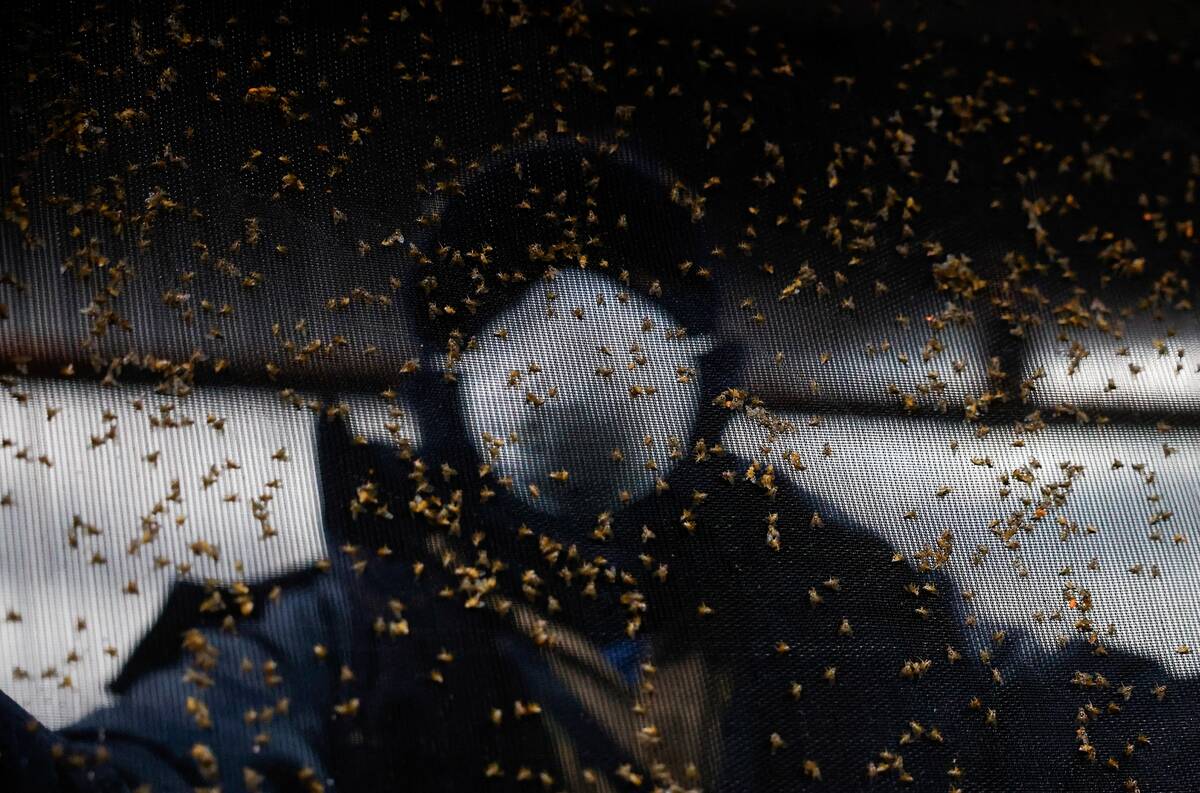There is a combination of factors challenging cattle producers this year. December was considerably colder than normal, and this colder weather has prompted a heavier-than-usual hair coat on many cattle. While cows appear to be in good condition, producers may find, with some hands-on evaluation or condition scoring, that many may actually be thin.
“Another reason that cows seem to be in poorer condition this year, is that forage quality is down,” says Barry Yaremcio, beef specialist with Alberta Agriculture and Rural Development. “Protein levels in forage are down 20 to 25 per cent from a five-year average. In many areas, most of the hay was cut later than usual due to weather problems and this has resulted in elevated fibre levels, resulting in less energy per pound in the hay. The result of this lower-quality feed and colder-than-normal temperatures, is cows are in less-than-optimum condition going into the calving season.”
Read Also

Canada too cold for New World screwworm
New World screwworm is closing in on the U.S. from Mexico, but the deadly livestock parasite isn’t likely to dig a surviving population in Canada, even if the fly species sneaks over the border.
Add grain to ration
Producers have a couple of options for bringing cows back into better condition. Adding grain to feed rations is the first thing to consider. Depending on how thin cows are, and how soon calving will start, it may be necessary to add five to seven pounds of grain a day to the ration. While there is a cost associated with adding grain, the problems that arise from cows going into the calving season in poor condition are greater. Thin, weaker cows can experience calving problems and produce less colostrum that is lower in quality. When calves don’t ingest enough good-quality colostrum, calves are more susceptible to infections and diseases.
“Another thing that producers can do to help cows gain some of that weight back, is to bring them out of open range and provide adequate shelter and a good bedding pack,” says Yaremcio. “Reducing the amount of wind that they have to deal with and providing a good bedding pack can reduce the cows’ needed energy maintenance requirements up to 25 per cent.”
Producers who have left swaths for cows to graze over the winter need to keep an eye on snow depth. Cows can graze successfully on fairly deep snow, as long as the snow doesn’t get deeper than up to the cows’ eyes when they are grazing.
“While depth of snow can be a problem, a greater problem is the varying warmer and colder weather that has resulted in a considerable amount of crusting,” says Yaremcio. “Producers need to get out and take a look at their cows and look for telltale trouble signs, such as cuts on noses, muzzles and sides of the head. These signs indicate that the cows are having a hard time getting through that ice crust and getting enough to eat. In this instance, it may be time to bring your cows home and start feeding them.”














